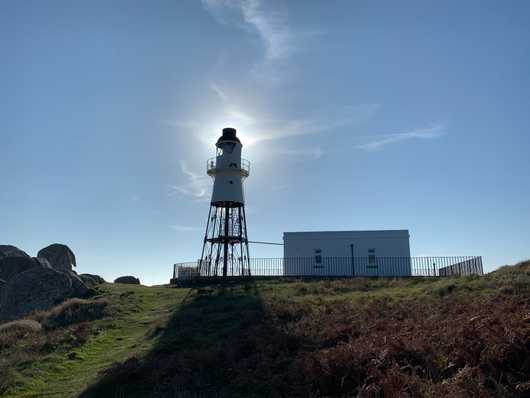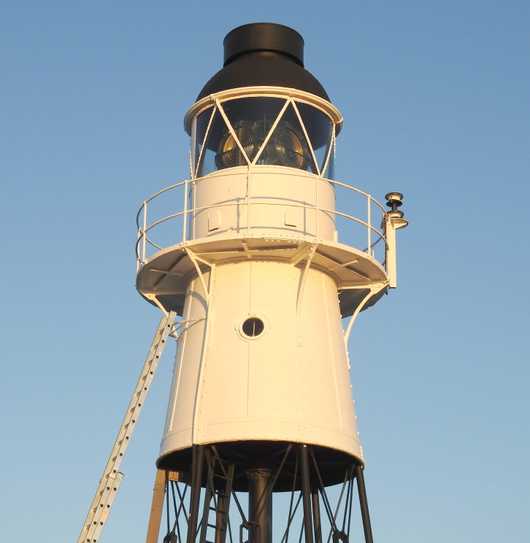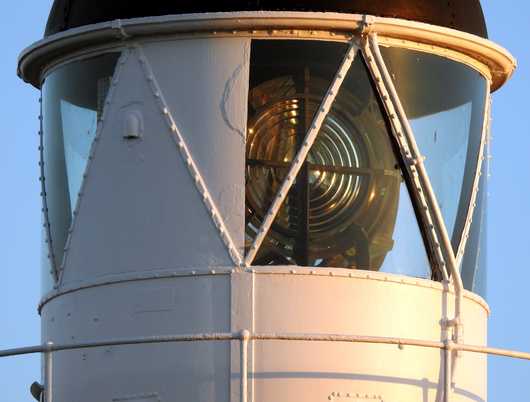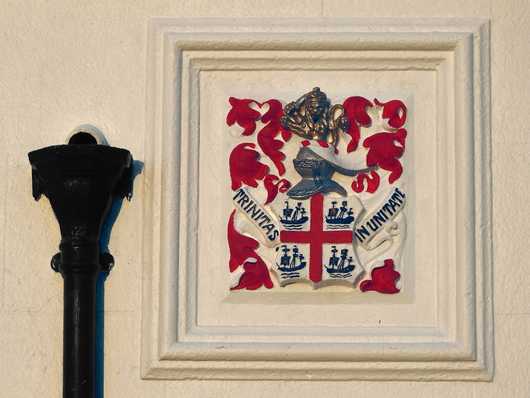Peninnis
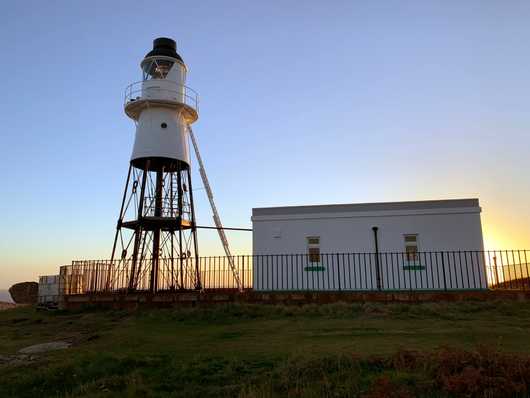
Peninnis Lighthouse is one of several prefabricated lighthouses that were built for Trinity House to the designs of their Engineer-in-chief Sir Thomas Matthews. Other suriving examples of these early automatic lights include a smaller version at Black Nore Point at the mouth of the River Severn, and the remains of the 1913 Shornemead lighthouse.
The 14 meter high black and white steel tower was built in 1911 and replaced the Lighthouse on the neighbouring island, St. Agnes, which was then extinguished, but retained by Trinity House as a daymark, which they continue to maintain today. Peninnis' skeletal tower stands next to a small rectangular stone building which housed would have been used to acetylene generate fuel for the original lamp, which was controlled by a sun valve.
Peninnis head is the southernmost peninsular of St. Mary's, the main inhabited island in the archipelago of the Isles of Scilly, and the construction of a light here was apparently a factor in the placement of the lighthouse keeper's houses on the Garrison (Used as a shore base for keepers of Bishop Rock and Round Island's lighthouses), so that the off-duty keepers could still keep an eye on this lighthouse from their homes.
This unusual tower was built to operate semi-automatically, only requiring a local attendant to refuel the lamp occasionally and to wind the clockwork that drove the rotation of the lens.
The tower stands on 6 cylindrical legs and has two ladders up to the enclosed top-half of the tower. The top of the tower is made up of a watch room and storage area, and a lantern room with a domed roof. A thicker central column that stretches from the lantern room to the base of the tower is where the weights that drove the clockwork would have once descended through.
Electricity replaced acetylene gas used to fuel the light in 1992, and it is presumably at this time that the clockwork mechanism was replaced with an electric motor. The clockwork machine is still present in the tower, albeit disconected and having not been maintained for several decades.
Until late 2011 the light utilised the original 3rd Order 500mm lens which was installed when the tower was built - this gave a white flash every 20 seconds visible for up to 17 Nautical Miles, but has now been covered up by a plastic shroud and the light was replaced by a simple LED light on the gallery railing. Since this downgrade the light is now only visible for 9 Nautical Miles.
The light can be reached with ease from nearby Hugh Town via the coastal footpath as well as a track from near the island's power station.
